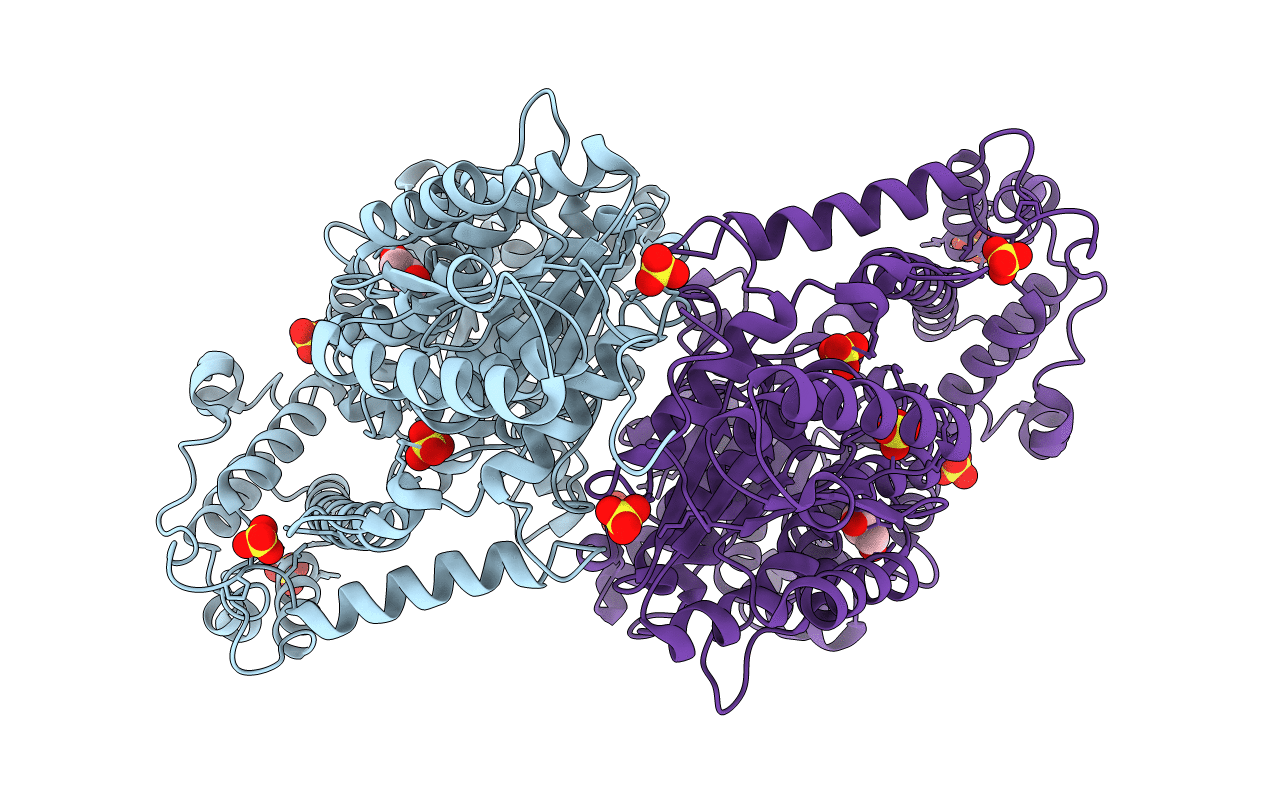
Deposition Date
2019-06-13
Release Date
2020-03-18
Last Version Date
2024-03-27
Entry Detail
PDB ID:
6K8S
Keywords:
Title:
Crystal structure of C-domain of baterial malonyl-CoA reductase
Biological Source:
Source Organism:
Porphyrobacter dokdonensis DSW-74 (Taxon ID: 1300349)
Host Organism:
Method Details:
Experimental Method:
Resolution:
1.80 Å
R-Value Free:
0.20
R-Value Work:
0.17
R-Value Observed:
0.17
Space Group:
P 21 21 21


